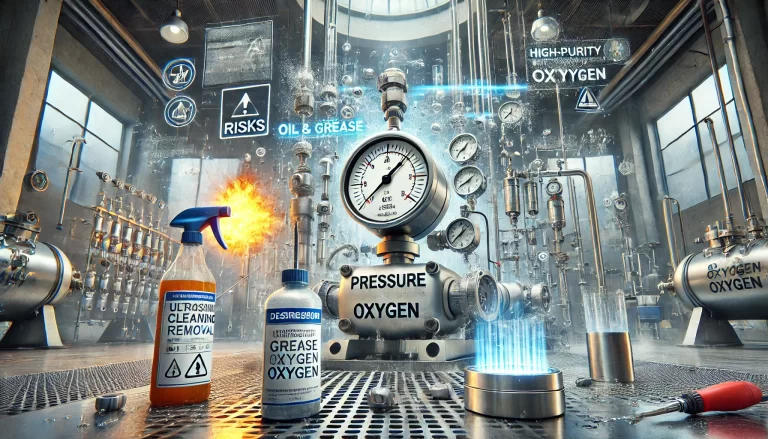1. Purpose
This guide is designed to standardize the installation, commissioning, maintenance, and troubleshooting of pressure transmitters, ensuring their reliable operation and accurate measurement.
2. Scope
This guide applies to the operation of specific models of pressure transmitters under various industrial conditions. Applicable models and environments should be confirmed prior to use.
3. Preparation Before Operation
3.1 Tools and Materials
Tools: Wrenches, screwdrivers, multimeters, calibration instruments, etc.
Materials: Sealing gaskets, cables, terminal connectors, etc.
3.2 Safety Measures
Obtain the necessary work permits and confirm that the system has been shut down and depressurized.
Wear appropriate personal protective equipment, such as safety helmets and gloves.
Verify the work environment is safe, free from high temperatures, vibrations, or strong electromagnetic interference.

4. Installation Procedures
4.1 Selecting the Installation Location
Choose a location that is easy to access for operation and maintenance.
Avoid areas with excessive vibration, high temperatures, or strong electromagnetic interference.
Ensure the measurement point accurately reflects the pressure of the process being monitored.
4.2 Installing the Transmitter
Secure the transmitter to a mounting bracket, ensuring it is firmly installed.
Connect the pressure pipe, ensuring the routing and slope prevent liquid or gas accumulation.
Install sealing gaskets and tighten the connection bolts to avoid leaks.
4.3 Wiring
Refer to the transmitter’s wiring diagram to connect the cables to the terminal blocks correctly.
Verify that all connections are secure and free from loose ends.
5. Commissioning Procedures
5.1 Power-Up Check
Switch on the power supply and check the transmitter’s indicator lights for normal operation.
Verify that the output signal is within the specified range.
5.2 Zero and Range Adjustment
Use a calibration instrument to calibrate the transmitter’s zero point and range.
Follow the transmitter’s manual to adjust using the potentiometer or a handheld communicator.
5.3 Linearity Check
Apply various pressure values and check if the output signal maintains a linear relationship.
Make adjustments if deviations are observed.

6. Maintenance Procedures
6.1 Routine Inspections
Inspect the transmitter for external damage, corrosion, or other anomalies.
Check for loosened connections, leaks in pressure pipes, and secure wiring.
6.2 Cleaning and Upkeep
Regularly clean the transmitter’s surface to remove dust and dirt.
Inspect and replace aging sealing gaskets as needed.
6.3 Calibration
Perform regular calibration of the transmitter as per the manufacturer’s recommended intervals or applicable industry standards.
7. Troubleshooting Procedures
7.1 Abnormal Output Signal
Verify the power supply is functioning properly.
Check for loose or shorted wiring connections.
Ensure the zero and range settings are correct.
Use a calibration instrument to test the transmitter’s performance. Repair or replace as necessary.
7.2 Inaccurate Pressure Reading
Check for blockages or leaks in the pressure pipe.
Recalibrate the zero and range settings.
Inspect the transmitter sensor for damage and replace it if required.
8. Special Considerations
Never disassemble the transmitter while it is powered.
Avoid exposing the transmitter to strong impacts or excessive vibrations.
Ensure compliance with industry standards and regulations during calibration and commissioning.
After any maintenance or troubleshooting, perform a comprehensive check to ensure the transmitter is operating correctly.

9. Appendix
9.1 Visual Aids
Figure 1: Example Wiring Diagram
Figure 2: Installation Diagram with Pressure Pipe and Mounting Bracket
9.2 References
Manufacturer’s User Manual
Relevant ISO and GB Standards
By following these guidelines, operators can ensure the reliable operation, accurate measurement, and longevity of pressure transmitters in diverse industrial applications.
